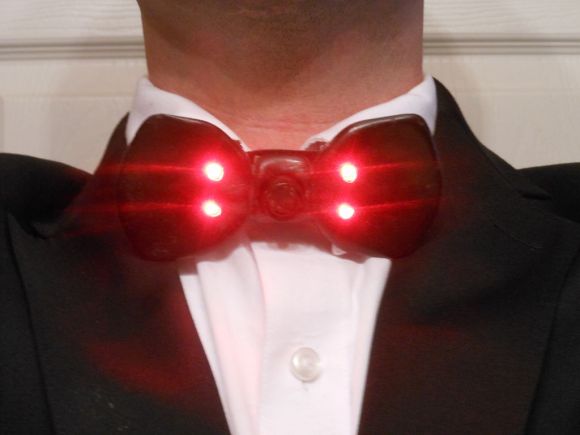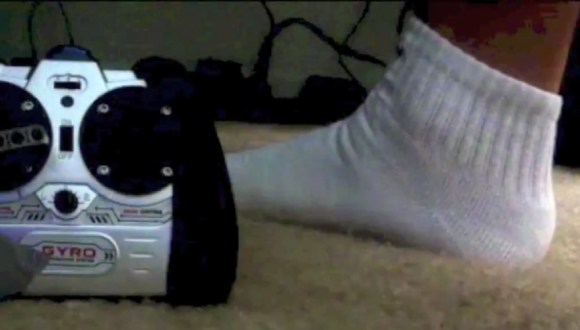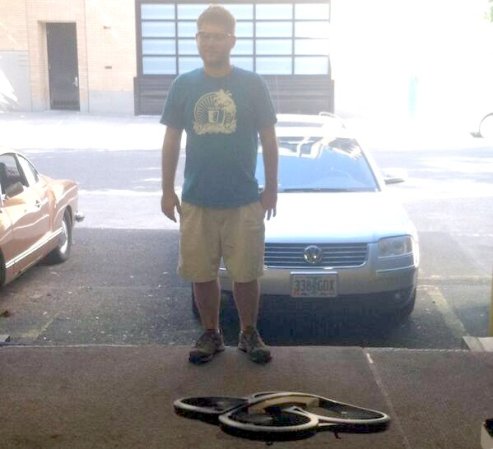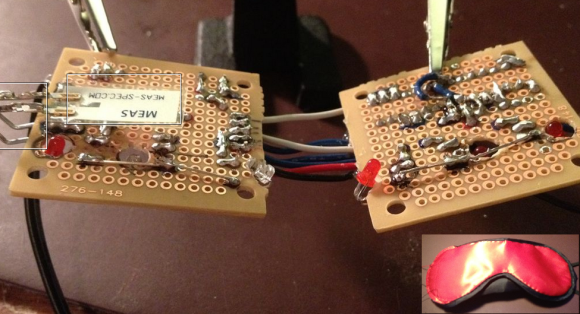In the past we featured many projects that were used at [Bill] and [Mara]’s wedding. However we forgot the most important thing: their electronically enhanced clothes.
As you can see from the picture above, the wife opted for LEDs while the husband preferred Electro Luminescent (EL) wires/panels. The ATtiny based platform LilyTiny was picked to control all the LEDs, and charlieplexing was implemented as only 4 IO pins were available. Animations were made using Vixen and exported via a python script.
To power the EL wires, [Bill] hacked a Sparkfun EL battery pack/inverter. He removed the shell and took out the inverter part, reverse engineered the design enough to figure out how to bypass the onboard microcontroller that generated the on/off/blink function. Finally, he 3D printed enclosures to pack the electronics with one Li-Ion battery pack. A boost regulator was used to supply the 12v required by the EL panel power supply.
Don’t forget to also check out their centerpieces and wedding invitations that we previously featured.

















